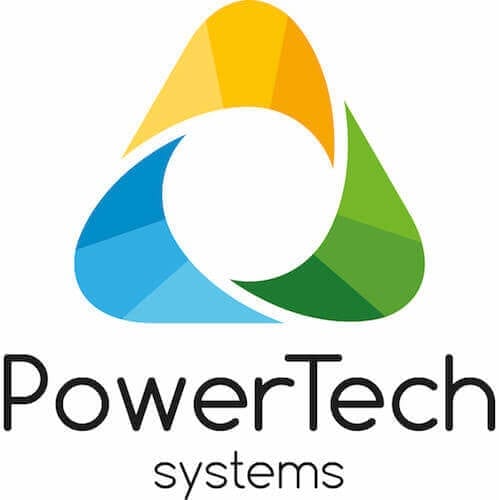
Subscribe to Newsletter
We will send you news from PowerTech Systems on a regular basis.
Maximum one email per month
Please fill-in right form with your contact details and click "Register"
[sibwp_form id=1]
We take the example of a solar installation for a standalone building (Self Sufficient Home). The storage capacity for the battery is 50KWh.
The application need is summarized in the above table:
| Specifications | Value |
|---|---|
| Stored Energy | 50KWh |
| Cycling frequency | 1 x discharge/charge per day |
| Average ambient temperature | 23°C |
| Expected Lifespan | 3000 Cycles, or 8 years |
The costs of delivery and installation are calculated on a volume ratio of 6:1 for Lithium system compared to a lead-acid system. This assessment is based on the fact that the lithium-ion has an energy density of 3.5 times Lead-Acid and a discharge rate of 100% compared to 50% for AGM batteries.
Based on the estimated lifetime of the system, the lead-acid battery solution-based must be replaced 5 times after initial installation. Lithium Iron phosphate solution-based is not replaced during operation (3000 cycles are expected from the battery at 100% DoD cycles)
The cost per cycle, measured in € / kWh / Cycle, is the key figure to understand the business model. To calculate it, we consider the sum of the cost of batteries + transportation and installation costs (multiplied by the number of times the battery is replaced during its lifetime). The sum of these costs is divided by the net consumption of the system (50kWh per cycle, 365 cycles per year, 8.2 years of use). The result is summarized in the table below:
| Lead-Acid AGM | Lithium-Ion | |
|---|---|---|
| Installed capacity | 100 KWh | 50 KWh |
| Usable capacity | 50 KWh | 50 KWh |
| Lifespan | 500 cycles at 50% DoD (Depth of Discharge) | 3000 cycles at 100% DoD |
| Number of installations | 6 (1 + 5 replacements) | 1 |
| Battery cost | 60 000€ (100€/KWh x 100 x 6) | 20 000€ (400€/KWh x 50 x 1) |
| Installation cost | 12 000 € (2000 € per install x 6) | 2000 € (one shot install) |
| Transportation cost | 6 000€ (1 000€ per transport x 6) | 1 000€ (one shot install) |
| TOTAL COST | 78 000€ | 23 000€ |
| Cost per usable KWh per cycle | 0.42€ / usable kWh (78 000 / 3000 / 50) | 0.15€ / usable kWh (23 000 / 3000 / 50) |
We note that despite the higher facial cost of Lithium technology, the cost per stored and supplied kWh remains much lower than for Lead-Acid technology. The reason is related to the intrinsic qualities of lithium-ion batteries but also linked to lower transportation costs.
This case is valid for any type of application requiring deep discharge cycle. EV traction or autonomous systems match the same criteria. On the other hand, for UPS systems or back-up batteries, the above model can not be applied because the discharge cycles are by definition random for such systems.